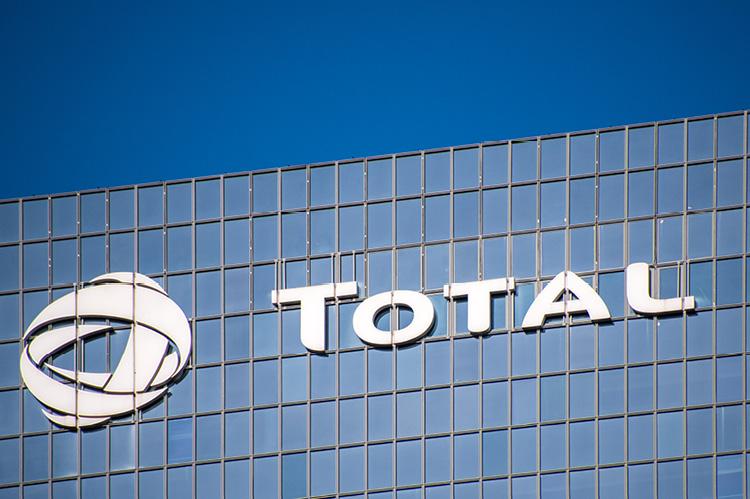TotalEnergies Implements a Drone-Based Detection Campaign to Reduce Methane Emissions

TotalEnergies is implementing a worldwide drone-based emission detection and quantification campaign across all its upstream gas and oil sites as part of its commitment to tackling methane emissions associated with its operations.
The giant fuel company will deploy an airborne ultralight spectrometer for environmental application (AUSEA) technology developed jointly with the French National Research Center for Scientific Research and the University of Reims Champagne Ardenne.
TotalEnergies and its partners have been working since 2017 to develop AUSEA—a greenhouse gas quantification technology. The revolutionary technology comprises a miniature dual-sensor mounted on a drone that can detect methane and CO2 emissions and identify their source simultaneously.
The drone-based detection technology can take measurements at any industrial facility, including offshore and onshore facilities, while also supplementing measurements using established technologies such as infra-red cameras, ground sensors, and satellites.
AUSEA Anticipated Europe Launch
Following the successful tests at locations in Nigeria, Italy, the Republic of Congo, and the Netherlands, TotalEnergies rolled out the AUSEA technology in March in its African offshore sites. The company has since launched the campaign in South America and hopes to do the same in Europe this summer.
“TotalEnergies is committed to moving towards Zero Methane. Considered to be currently the most accurate technology in the world to detect and measure methane emission, AUSEA will help us to refine our emission calculation and take strong measures to reduce our emissions even further to achieve the targets we have set,” said Namita Shah, TotalEnergies OneTech President.
The AUSEA technology has been progressively improved from manual to autonomous mode to increase its methane emission measurement frequency, making it suitable for deployment to other sites, particularly refineries.
TotalEnergies to Reduce Its Methane Emission By 80% by 2030
Besides reducing half of its methane emission at its complexes between 2010 and 2020 by reducing flaring, venting, and fugitive emissions and introducing stricter design criteria for its new facilities, the company has also set new targets to comply with the Glasgow resolutions.
These targets include reducing methane emission by 50% at its operated sites by 2025 and 80% by 2030 (targets set in 2020). The company has also pledged to keep methane intensity below 0.1% across its operated facilities and enhance its reporting as part of UNEP’s Oil and Gas Methane Partnership (OGMP 2.0), which outlines how companies should report the entire gas value chain.
